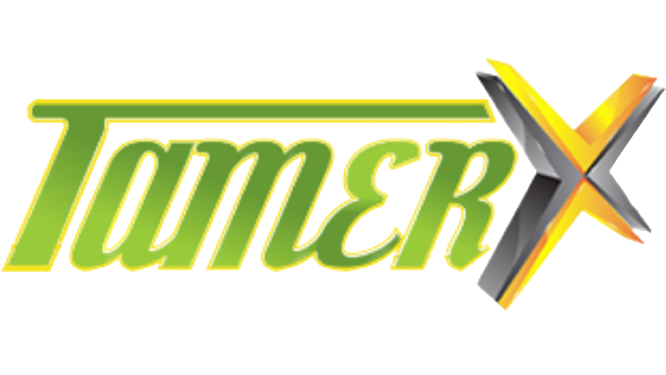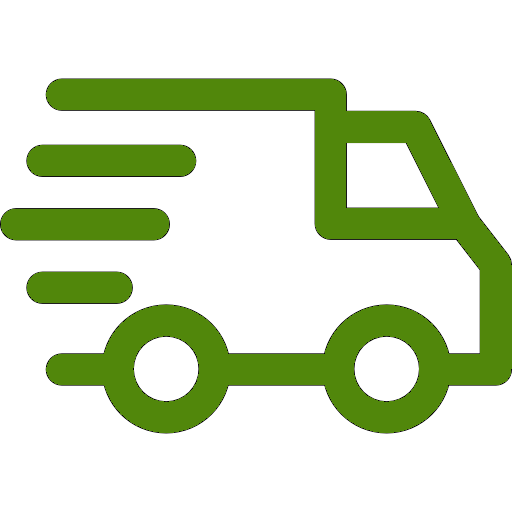The fuel line is an essential component of your vehicle’s fuel system, responsible for transporting fuel from the tank to the engine. Over time, fuel lines can wear out, crack, or leak, leading to potential safety hazards and engine performance issues. Replacing a damaged or worn-out fuel line is crucial for maintaining your vehicle’s reliability and safety. In this blog, we’ll walk you through the steps to replace a fuel line, ensuring your vehicle continues to run smoothly.
-
Gather the Necessary Tools and Parts
-
Before starting, make sure you have all the tools and parts needed for the job. This typically includes a new fuel line, fuel line disconnect tool, wrenches, a drip pan, and safety gloves. It’s also important to have the correct replacement fuel line for your specific vehicle model.
-
-
Relieve Fuel System Pressure
-
To safely replace the fuel line, you must first relieve the pressure in the fuel system. Locate the fuel pump fuse and remove it, then start the engine and let it run until it stalls. This will release the pressure in the lines.
-
-
Disconnect the Battery
-
For added safety, disconnect the vehicle’s battery to prevent any accidental sparks during the replacement process. This is especially important when working with the fuel system, as fuel is highly flammable.
-
-
Locate and Remove the Old Fuel Line
-
Locate the fuel line that needs to be replaced. Using the appropriate fuel line disconnect tool, carefully disconnect the fuel line from the fuel tank and the engine. Be prepared for some fuel to spill out, so have a drip pan ready to catch any excess fuel.
-
-
Install the New Fuel Line
-
Take the new fuel line and connect it to the fuel tank and engine, ensuring that the connections are secure. Double-check that the line is properly seated and that there are no kinks or bends that could restrict fuel flow.
-
-
Reconnect the Battery and Test for Leaks
-
After the new fuel line is installed, reconnect the battery and replace the fuel pump fuse. Turn the ignition to the “on” position (without starting the engine) to pressurize the fuel system. Check for any leaks at the connections, and if everything looks good, start the engine and check again.
-
-
Dispose of Old Fuel Line Properly
-
Once the replacement is complete, dispose of the old fuel line and any fuel-soaked materials properly according to local regulations. Fuel and fuel-soaked materials are hazardous and should not be thrown in regular trash.
-
Replacing a fuel line is an important maintenance task that can help ensure your vehicle’s safety and performance. By following these steps, you can replace a damaged or worn-out fuel line effectively, preventing potential fuel leaks and engine issues. If you’re not comfortable performing the replacement yourself, it’s always best to consult a professional mechanic. Proper care and maintenance of your vehicle’s fuel system will keep your engine running efficiently and safely for years to come.













